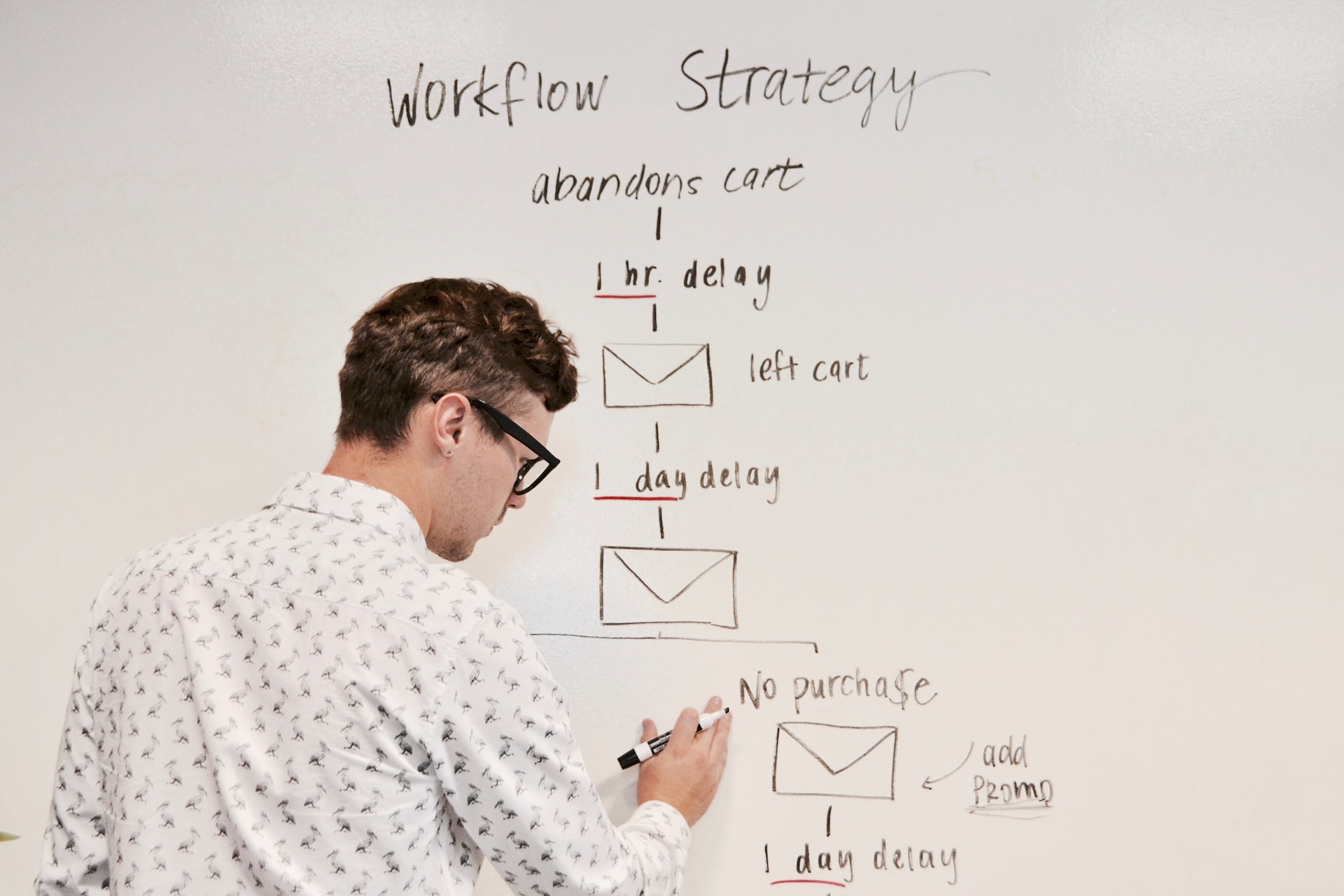What is Churn?

Two Types of Churn: Customer Churn and Revenue Churn
What is customer churn?
What is revenue churn?
The High Cost of Churn for Startups

Identifying the Causes of Churn
- Poor product fit: If customers find that a product or service does not meet their needs or solve their pain points, they are more likely to discontinue their relationship with the company.
- Inadequate customer support: Customers who do not receive timely and effective support may become frustrated and seek alternatives.
- Competitive pressures: The tech industry is highly competitive, with new products and services constantly entering the market. If a competitor offers a more attractive product, price, or customer experience, customers may be tempted to switch.
- Pricing issues: Customers may discontinue their relationship with a company if they perceive the product or service as too expensive or not worth the investment.
How to Predict Churn: Using Data to Stay Ahead
Analyze Customer Behavior
- Decreased usage or engagement with the product or service
- Reduced frequency of logins or visits to the website
- Declining customer support interactions
- Changes in communication patterns, such as less frequent responses to emails or surveys
Use Machine Learning Algorithms
Implement Customer Surveys and Feedback
- How satisfied are you with the product or service?
- What features or aspects of the product or service do you find most valuable?
- Are there any areas where you believe the product or service could be improved?
- How likely are you to recommend the product or service to a friend or colleague?

Strategies to Reduce Churn
- Improving customer onboarding: Providing new customers with a thorough and engaging onboarding experience can help ensure they understand the value of the product or service and know how to use it effectively.
- Offering proactive customer support: Anticipating customer needs and providing proactive support can help address potential issues before they become reasons for churn.
- Enhancing product features and value: Continuously improving the product or service based on customer feedback can help ensure it remains relevant and valuable to customers.
- Creating customer loyalty programs: Rewarding loyal customers with incentives, such as discounts, exclusive features, or early access to new products, can help foster long-term relationships and reduce the likelihood of churn.
Related Courses
The Billion Person Focus Group® - Find the Insights Your Research Misses
Research asks. This listens. Find what people feel before they can name it — triangulate with receipts, then validate what matters.
Build your Startup Growth Machine
Find your big growth levers and pull them. Adopt the framework we've used to help over 200 seed-stage startups grow 10X - 100X in 3 years.
B2B Sales Strategy for Startup Founders
Discover the secrets to influencing decision-makers and designing a pilot program that gets a YES. (Now in a one-day workshop).
Build a Lean MVP for your startup in under USD 22K using GenAI
Leverage GenAI to fulfil your startup dream by learning to validate your idea, translate idea to MVP & find right partners for your startup
Mini AI MBA for early-stage founders
Launch without guesswork. Validate your idea, reach your first customers, and build a scalable foundation in a 2-day intensive bootcamp
Sell and Scale Confidently
Effectively plan your company's GTM strategy and oversee its execution with confidence and without doubt
You might also like

Paul Orlando: Why Now? The Secret Ingredient for Product Success

6 Effective Product Prioritization Frameworks & Techniques

What is a Product Requirements Document (PRD)?

